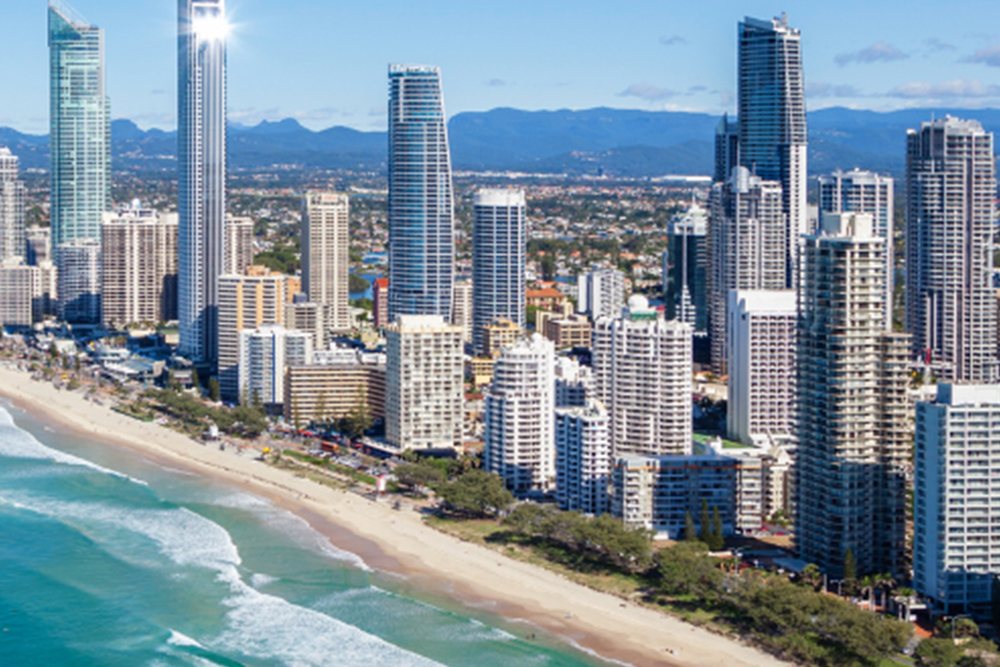(Subclass 482) Skills in Demand visa
February 20, 2025

Embarking on a relocation journey to Australia unveils a tapestry of new vistas and prospects. Yet, mastering the financial landscape of this spirited realm is paramount for immigrants to weave a seamless narrative of adaptation and sustainability. This detailed manuscript aims to illuminate the financial contours you’ll navigate in Australia, equipping you with the acumen to craft a budget that ensures a harmonious existence.
The cornerstone of any budget, accommodation expenses, fluctuate dramatically based on locale, dwelling type, and the choice between leasing or acquisition.
Leasing: In cosmopolitan heartlands like Sydney and Melbourne, securing a one-bedroom sanctuary within the urban core demands an outlay of AUD 1,800 to AUD 2,500 monthly. Conversely, peripheral urban territories offer respite with rates tumbling to AUD 1,200 to AUD 1,800. The fiscal burden eases further in quaint towns or pastoral expanses.
Acquisition: The quest to own a dwelling sees a stark divergence in fiscal demand, with Sydney’s median domicile commanding upwards of AUD 1 million, while Adelaide presents a more palatable median of approximately AUD 550,000.
For an abode spanning 85m^2, utility encumbrances — encompassing electricity, thermal comfort, hydration, and refuse management — oscillate between AUD 150 and AUD 250 monthly, augmented by digital connectivity fees in the vicinity of AUD 60 to AUD 90.
Dietary habits and predilections for dining establishments significantly sway this budget segment. An individual’s monthly provisionary allocation spans AUD 300 to AUD 600. A culinary sojourn at a mid-tier eatery extracts AUD 20 to AUD 30 per patron, with an aromatic brew in metropolitan cafés priced at AUD 4 to AUD 5.
The urban tapestry of Australia is interwoven with a robust public conveyance network, featuring omnibuses, rail, and aquatic vessels. Monthly access hovers between AUD 100 and AUD 200, contingent on the urban expanse. Automotive enthusiasts must budget for insurance, fuel (circa AUD 1.50 per litre), and upkeep.
Australia’s laudable Medicare framework notwithstanding, ancillary health needs (dental, optical) advocate for private insurance, straddling AUD 90 to AUD 200 monthly.
For progeny, the public education system largely absolves tuition fees, yet ancillary charges for attire, literature, and excursions persist. Private tutelage fees exhibit a broad spectrum, from AUD 2,000 to a steep AUD 30,000 annually.
Expenditures on leisure, physical wellness memberships, and vacations diverge based on personal proclivities. Gym affiliations average AUD 60 monthly, with cinematic engagements priced at AUD 20.
While navigating Australia’s cost of living, especially within its urban hearts, may seem daunting, strategic financial planning and judicious spending can pave the way for a gratifying and economically viable existence. Armed with insights into the prevailing financial landscape, immigrants can sculpt a life of abundance and joy in Australia’s dynamic milieu.
Join our FB Group page for regular updates on Immigration changes